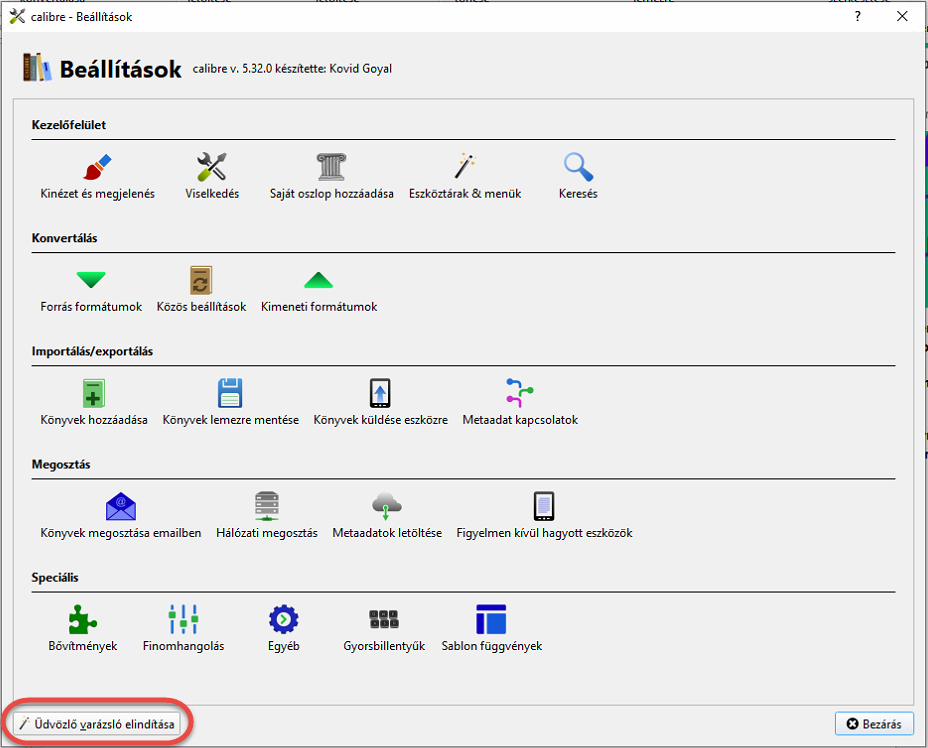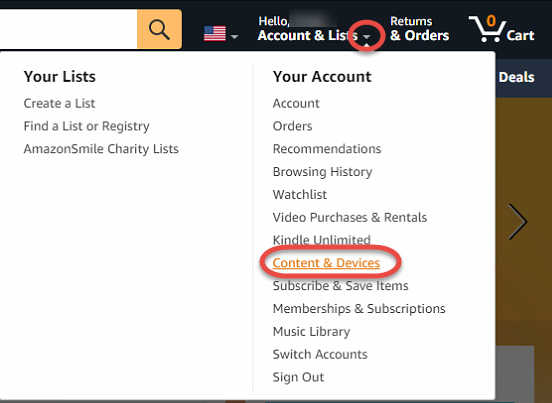To install some Python modules we need to use alternate names in the pip install command
| Module name | Install command |
| googleapiclient | pip install google-api-python-client |
Knowledge Base for IT Professionals, Teachers and Astronauts
To install some Python modules we need to use alternate names in the pip install command
| Module name | Install command |
| googleapiclient | pip install google-api-python-client |
When we start to use a Python module, we need to install it on our workstation, and on the server, or in the Docker container where the application will run.
ModuleNotFoundError: No module named ‘googleapiclient’
Usually, we install the module with the pip install MODULE_NAME command, but when we try it for the googleapiclient we get the error message
ERROR: Could not find a version that satisfies the requirement googleapiclient (from versions: none)
ERROR: No matching distribution found for googleapiclient
To install the googleapiclient Python module, use the command
pip install google-api-python-clientTo install the module in the Docker container add the line to the Dockefile
# Install app dependencies
run pip install --upgrade google-api-python-clientStream Deck is a great programmable keyboard to organize frequently used functions in games and other programs. In games, we usually store one keystroke per button, but we can store longer macros for Google Sheets and other applications.
To store multiple keystrokes in one Stream Deck button







When we launch an AWS EC2 instance with Windows 2012, Windows 2016, Windows 2019, the “Administrator” local account is automatically created and added to the Administrators group. We can decrypt the Administrator password using the private key of the key pair we used to launch the server.
On Windows servers WINRM access is necessary during the bootstrap process to install the Chef Infra Client and set up the node to communicate with the Chef Infra Server.
When we try to access the instance via WINRM using the “Administrator” account, the Windows Event Log saves an error entry with Login Failure.
To access the server with WINRM
In the Terraform script to create an AWS EC2 instance, we can specify the volume sizes. Separate arguments describe the root and data volumes. This feature enables the script to create the volumes without specifying the connection attributes in another block.
The Terraform documentation does not show the syntax, and the Terraform example at the time of writing this in GitHub is NOT correct at https://github.com/terraform-aws-modules/terraform-aws-ec2-instance/blob/528613d4580f2c1266e87d8d24fc25bf5290fe2c/examples/complete/main.tf#L113
If the syntax is not correct get the error message:
An argument named “root_block_device” is not expected here. Did you mean to define a block of type “root_block_device”?
An argument named “ebs_block_device” is not expected here. Did you mean to define a block of type “ebs_block_device”?
The correct syntax is
resource "aws_instance" "default" {
ami = "ami-0da7a37366e7ee5f0"
instance_type = "t3.medium"
...
root_block_device {
volume_type = "gp2"
volume_size = 100
tags = {
Name = "my-root-block"
}
}
ebs_block_device {
device_name = "xvdf"
delete_on_termination = true
volume_type = "gp2"
volume_size = 500
}
...
}
Ha megváltoztatjuk az Előnyben résszesített kimeneti formátumot, a Calibre program néha továbbra is az előző beállítás szerint konvertálja a könyveket.
Hogy felfrissítsük a beállítást




Ezeken az oldalakon ingyen letölthető elektronikus könyvek találhatók
Ingyenes, legálisan letölthető elektronikus könyvek
Az Amazon Kindle Paperwhite a következő formátumokat támogatja:
A fileokat a következő módszerekkel küldhetjük a Kindle-re
Az Amazon Kindle Paperwhite konfigurálását és a küldő email cím engedélyezését az Amazon Kindle Paperwhite konfigurálása Libri elektronikus könyv olvasásához oldalon találjátok.
A Libri internetes oldalán MOBI és EPUB formátumban vásárolhatunk könyveket.



Több módon küldhetjük a könyveket :
Ha a formátum nem megfelelő, kapunk egy angol nyelvű email-t az Amazontól “There was a problem with the document(s) you sent to Kindle” tárggyal.
A levél tartalma információt ad a hibával kapcsolatban. azw3 típusú könyveket email-ben nem tudunk küldeni a Kindle-re.
Dear Customer,
The following document(s), sent at 09:21 PM on Thu, Dec 02, 2021 GMT could not be delivered to the Kindle you specified:
Az igazi humoristak_ Cikkek a magyar nep humorarol – Kalman Mikszath.azw3
A legegyszerűbb, ha a könyveket email-ben küldjük as Amazon Kindle Paperwhite-re. Így nem kell hozzákapcsolnunk a Kindle-t a számítógépünkhöz.



Töltsük le és telepítsük a Calibre könyvtár kezelő és konvertáló programot a https://calibre-ebook.com/download címről.
A teleítés során a program felkínálja, hogy készítsünk egy Hotmail email címet. Ezt a Calibre fogja használni, hogy a könyveket email csatolmányként elküldje a Kindle címére.

Erre a formátumra fogja Calibre konvertálni a letöltött könyveket.



Biztonsági okokból az Amazon Kindle Paperwhite csak azokról az email címekről fogad el könyvet, amelyeket engedélyezünk az amazon.com oldalán.


LG uses a piston-type compressor in its new refrigerators. The company offers 10-year warranty on the new design, but the new compressor generates a very strong 60 Hz vibration. You can hear it as a low-frequency hum and shakes the entire house.
The guitar tuner app detects it in the living room far away from the kitchen as a strong and steady 60 Hz sound between B and B flat.

We love the features of the new refrigerator, but the vibration really bothered us. We could not reduce the noise in the kitchen, but we were able to significantly reduce the transfer of the vibration to the floor that shook the house.
We have purchased a few items at Home Depot and placed the refrigerator on a soft padded surface. You need:
Build four towers with one Furniture Cup and two Felt Sliders for each, using the adhesive on the sliders to hold them together.

Empty the refrigerator and place the towers under the rollers.

The refrigerator rollers sit perfectly in the dents of the Furniture Cups, and the sliders adequately dampen the low-frequency vibration. The white felt at the bottom allows you to slide the refrigerator on the hard surface, but keeps it in place when you open and close the doors.
If two Felt Sliders don’t provide enough dampening, you can add a third one to provide better insulation.